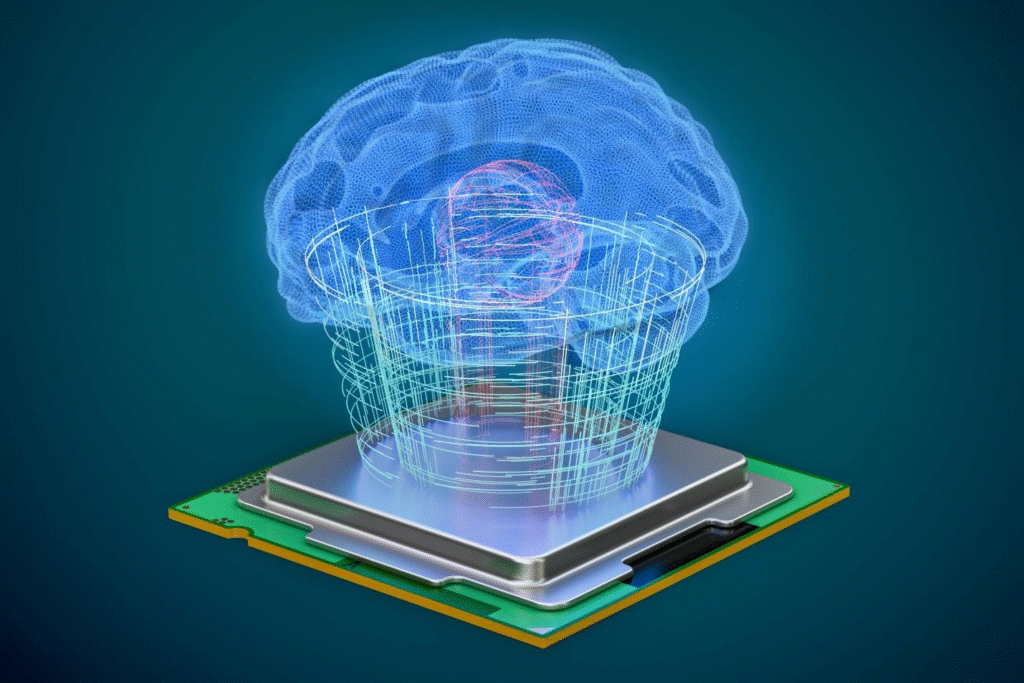In today’s rapidly evolving digital landscape, data security is more critical than ever. As businesses and organizations handle increasingly sensitive information, protecting this data from breaches, unauthorized access, and cyber threats becomes a top priority. Virtual machines (VMs) play a pivotal role in enhancing data security with virtual machines by offering isolated environments that can safeguard data and streamline security management.
Virtual machines are often overlooked as a tool for improving data security, but they offer several significant advantages. From isolating sensitive data to simplifying the enforcement of security protocols, virtual machines and data protection are more intertwined than many realize. Let’s explore how virtual machines improve data privacy and contribute to overall data security.
1. Isolation for Enhanced Security
One of the most compelling security benefits of virtual machines is their ability to provide isolation between different environments. When running a virtual machine, it operates as if it were an independent physical server. This isolation means that even if a VM is compromised, the damage is contained within that machine, and the rest of the system remains unaffected.
For example, organizations often use VMs to segment sensitive data or critical applications from other parts of the network. This isolation ensures that if an attacker gains access to one virtual machine, they will not have direct access to the entire network. This added layer of protection helps prevent lateral movement within the system, a common tactic used by cybercriminals to escalate privileges after an initial breach.
Sandbox Environments
VMs are also valuable for testing and research purposes, as they allow organizations to create sandbox environments. In a sandbox, applications or software can be run and tested without putting the main system or network at risk. If malicious activity is detected, it can be quickly isolated and removed, without impacting the integrity of the underlying infrastructure.
2. Snapshot and Backup Capabilities
Virtual machines and data protection are closely linked through the ability to create snapshots and backups of VM states. Snapshots capture the exact state of a virtual machine at a given moment, including the operating system, applications, and data. These snapshots can be stored safely, offering a backup solution that allows for a quick recovery in the event of a security breach or system failure.
In case of a data loss incident, restoring a VM to a previous snapshot can minimize downtime and prevent the loss of critical data. This feature is particularly useful for businesses that rely on continuous data protection. Moreover, snapshots can be scheduled regularly to ensure that backups are always up to date.
VM snapshots can also be used for disaster recovery, which is an essential aspect of data security. In the event of a ransomware attack or accidental deletion, administrators can easily roll back to a safe state before the damage occurred. This ability to revert to a prior state provides an added layer of protection against data corruption and malicious attacks.
3. Segmentation and Network Security
When it comes to securing network traffic, virtual machines and data protection are also closely linked. Virtual machines allow for network segmentation, which is the practice of dividing a network into smaller, isolated segments to improve security. For example, a virtualized network can be segmented into different zones, such as a separate zone for sensitive financial data and another for general business operations.
By doing so, how virtual machines improve data privacy is evident. If a vulnerability in one segment is exploited, attackers cannot easily move into other segments of the network. This reduces the attack surface and ensures that critical data is shielded from unauthorized access.
Furthermore, virtual machines allow administrators to enforce specific security policies based on the VM’s role and its network segment. These policies can be tailored to the specific needs of the machine, ensuring that the right protections are in place. For example, firewalls, intrusion detection systems (IDS), and encryption protocols can be implemented at the VM level to secure the data passing through them.
4. Encryption and Data Integrity
Another crucial element in enhancing data security with virtual machines is the use of encryption. Virtual machines can be encrypted at both the disk and file level, ensuring that all data stored within the VM is unreadable to unauthorized users. If an attacker were to steal the physical hardware hosting the VM, they would be unable to access the encrypted data without the appropriate decryption key.
Disk encryption can be implemented in conjunction with the virtual machine’s operating system, offering a robust solution for securing sensitive data. Additionally, how virtual machines improve data privacy can be further enhanced through the use of secure boot processes and data integrity checks. This ensures that the data within the VM is not tampered with or altered by unauthorized actors.
VMs can also be configured to use encryption for communication between virtual machines and other servers. This adds an additional layer of protection for data in transit, which is often a weak point in data security.
5. Access Control and Audit Logs
Effective access control is a fundamental aspect of how virtual machines improve data privacy and security. By using virtual machines, administrators can restrict access to sensitive data and applications based on user roles. This means that only authorized personnel can access critical resources, ensuring that data is protected from unauthorized access.
VMs also allow for detailed audit logs to track all user actions. These logs capture every event that takes place within the VM, from login attempts to changes in configuration or data access. In the event of a security breach, audit logs provide valuable forensic data that can be used to trace the origin of the attack and assess the scope of the damage. This transparency makes it easier to pinpoint vulnerabilities and take corrective actions to bolster security in the future.
6. Simplified Patch Management
Keeping software and systems up to date is a core principle of maintaining a secure environment. Virtual machines make it easier to manage and deploy patches across the network. Since VMs are isolated from each other, patches can be tested on a single machine before being rolled out to the entire network. This reduces the risk of a patch causing system instability or introducing new vulnerabilities.
Furthermore, VM management tools can automate patch deployment, ensuring that all virtual machines are updated regularly with the latest security fixes. This streamlines the patching process and helps organizations stay ahead of emerging threats.
Conclusion
The security benefits of virtual machines are vast, and their role in enhancing data security with virtual machines cannot be overstated. From isolating sensitive data to providing advanced encryption and segmentation features, VMs offer a robust solution for organizations looking to bolster their data security.
As cyber threats continue to evolve, leveraging the power of virtual machines allows businesses to adopt proactive security measures, ensuring that their data is protected against breaches and unauthorized access. By understanding how virtual machines improve data privacy and implementing the best security practices, organizations can maintain a secure, resilient IT infrastructure.



